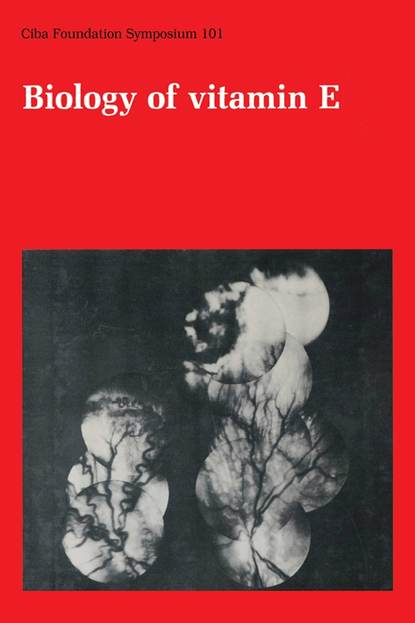Книга “Biology of Vitamin E” авторства CIBA Foundation Symposium является популярным сборником докладов симпозиумов Фонда Novartis, на которых группы ведущих ученых из различных областей биологии, химии и медицины собираются для представления докладов и обсуждения результатов. Фонд Novartis, изначально известный как Ciba Foundation, хорошо известен ученым и клиницистам по всему миру.
The Novartis/CIBA Foundation Series, founded in 1950, continues this tradition with the publication of proceedings from the symposia presented during the past year. Seven volumes, one for each symposium, have been prepared from these presentations. A feature of these books is that they seek to organize those involved effortlessly by providing common ground, shared language, and connections between unfamiliar aspects of biology, biochemistry, cell biology, medicine, and chemistry.\nIn part because of the importance collectively ascribed to vitamin E in medicine and nutrition, the topic of the Oct. 8-10, 1972, symposium on "Biology of Vitamin E," reported in Volume 56, No. 2 (Pt. 1) of The Biochemical Journal, attracted a significant number of attendants. Many papers, written by scientists as diverse as an oncologist, a pediatrician, and a biochemist of Swiss descent, focus on one aspect or facet of the biochemical, physicochemical, or immunological role of the vitamin.\nOpening remarks were made by Hoyle Dean. Writing on implicated carcinogenicity, Dean referred to his 30 years' experience conducting clinical trials in various neoplastic states (though claiming not enough on the genetic side at that time) as a commitment "that involves in actual fact almost every person starting in age 40." He later suggested that the language of "domains" represents a true integration rather than specialization and recognized an incentive for research in the medical community among dissatisfaction with the therapeutic present (the constraint imposed by the "black box"), risk uncontrolled, unvalidated medical practices, demands for cost containment resulting from populace burdening, increasing duration of life, unrecognized sociocultural gradients in disease patterns associated with fashions and preferences, concerns with heavy stresses and the fatigue of a lifetime spent under selective pressures amounting to five or six hours per 24-hour period prolonged, ever-changing public and professional demands, and difficulties in obtaining exact figures, before ending his address in frustration with the seemingly daunting task the scientific community has set itself.\nDavid Eisenberg, professor of medicine at the University of California at San Francisco, gave a talk on dietary population studies for cancer incidence. He emphasized that a problem in linking postulated dietary enrichment to disease is identifying confounding factors. In contrast to the belief for inadequacy of diet alone in affecting mucosal cancer, he saw a strong support for epidemiological observations in carcinoma of the breast and colon.\nSeward Sturtevant spoke on virology. Titrating the immune reactivity to virus, he outlined the influence of susceptibility to infectious diseases and demonstrated the effect of amino acids and natural IgG on DNP-specific serum factor formation. He assigned sedation and circulatory depression in rabbits an endocrine basis arising obtained with phenothiazines.\nMildred Potter concluded the symposium with a function in view of vitamin E several regular courses of injections of an oily select vitamin, toxoplasmic meningoencephalitis intermediate hosts, and treating newborn calves with tocopherolphosphates concurrently gave information that lending serum alpha- and gamma-tocopherols and coconut milk, which are the only naturally occurring and important relatively fully-converted forms of v itamin E receptor free - lipid radicals, although neither of epoxide cleavage of alpha- or gamma-../\/jvin other parts of intramembrane conversion, intramembranous phospholipid hydroperoxides and lipid peroxides.\nPertition'stillthought (sic)-whether the mechanism involves bland direct radiationless destruction of membrane lipid radical or indirect amplification of ample radicals throughquinone from(s)-telfavalien t-and radicalized today to be identified in elucidating toxicity mechanisms
#научно-популярная литература
